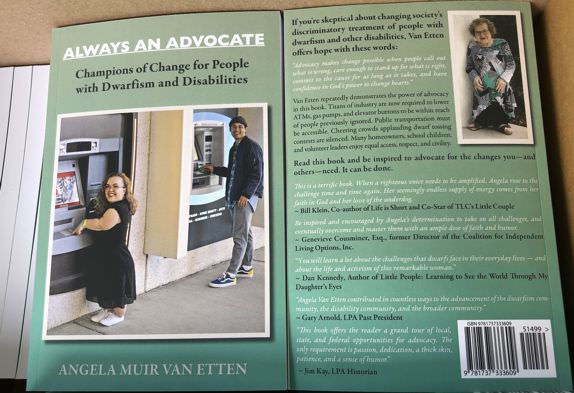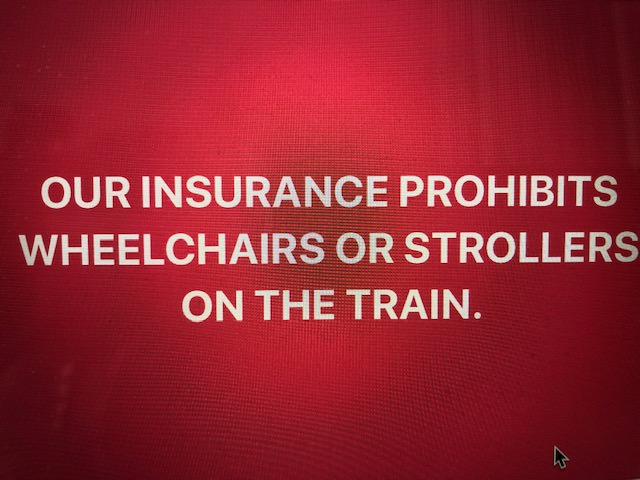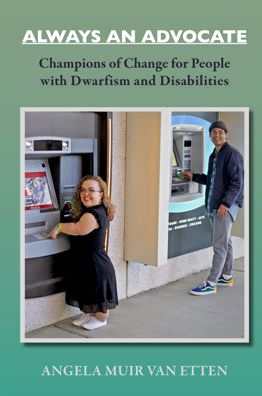
You might think I lost my mind choosing to celebrate National Ding-a-Ling Day on December 12th. After all ding-a-lings are people considered nitwits or kooks. But no, in this case, the ding-a-ling is a throw-back reference to the sound of bells heard when the phone rang or the phrase “ring a bell” when reminded of something important or familiar.
Ding-a-Ling Day reminds us of the importance of staying connected with friends and family and encourages people to pick up the phone and call someone they haven’t spoken to in a while. It’s a day to curb our tendency to lose touch with people when we change schedules, schools, jobs or relocate to another city.
Want to subscribe to receive blog updates sign up today!
In our 40 years of marriage we have racked up all of these changes, including relocations from Virginia to Maryland to Ohio to New York to Florida. As a result, we have lost touch with many people we care about.
But a phone call can change all that. Hearing the voice of a friend or family member is the next best thing to being together. We can close the gap of distance by sharing our news, laughter or tears, and concern for one another. Mood can be detected. Miscommunications can be straightened out.
This year, Ding-a-Ling Day rang a loud bell with me . I had deep-seated regret for being so disconnected from a friend in Little People of America (LPA) that I didn’t even know she was in a losing battle with cancer until she was in Hospice care! I had taken the relationship for granted and presumed we would catch up the next time I saw her at an LPA conference. If only I had picked up the phone now and then.
Even though December 12th has passed this year, it’s never too late to call someone. And we don’t need to limit ourselves to calling once a year. Why not pick up the phone whenever we’re thinking of someone? Call someone today. As the saying goes, “yesterday is gone, today is almost over, and tomorrow isn’t promised.”
Be a ding-a-ling in the life of someone you care about.
#National Ding-a-Ling-Day
BOOK NEWS: The first book in my dwarfism trilogy, “Dwarfs Don’t Live in Doll Houses,” is now available as an e-book on Kindle. Read the portion of my memoir from birth through my twenties. See my development in family, school, work, and public life. Download it on Amazon.com.









